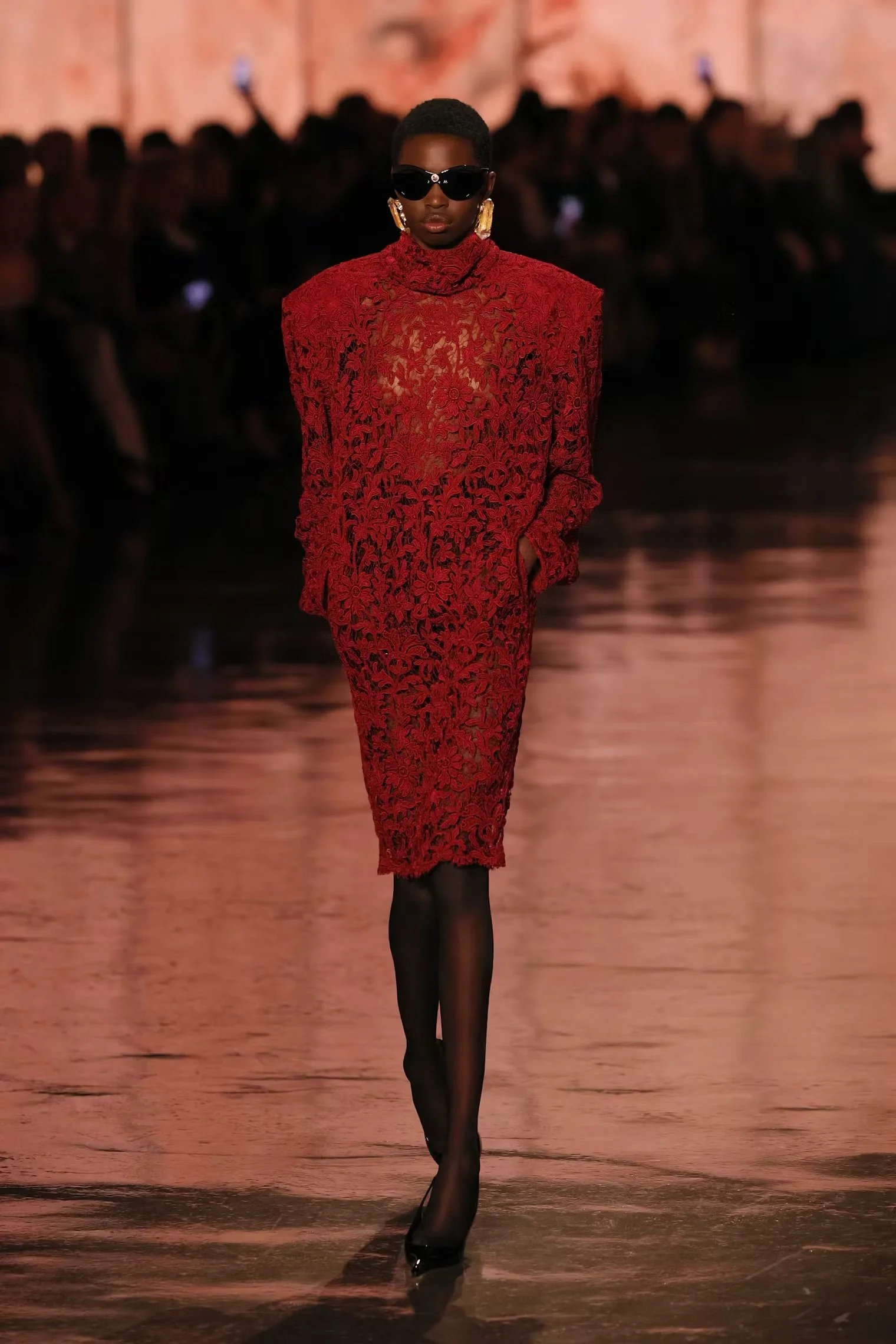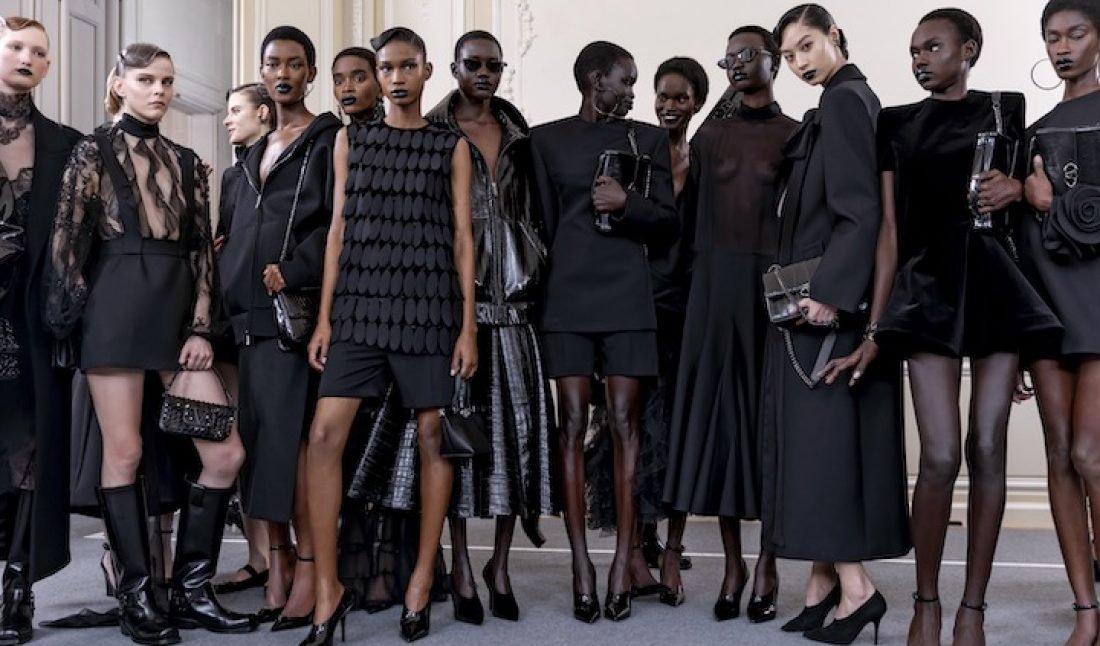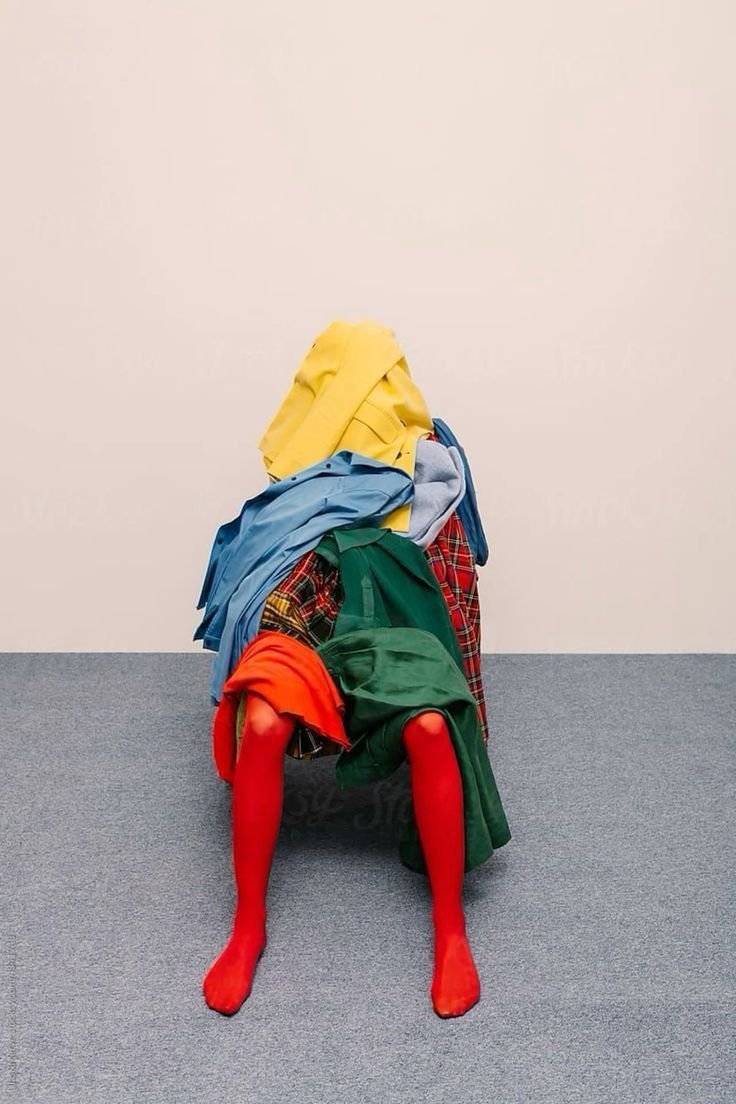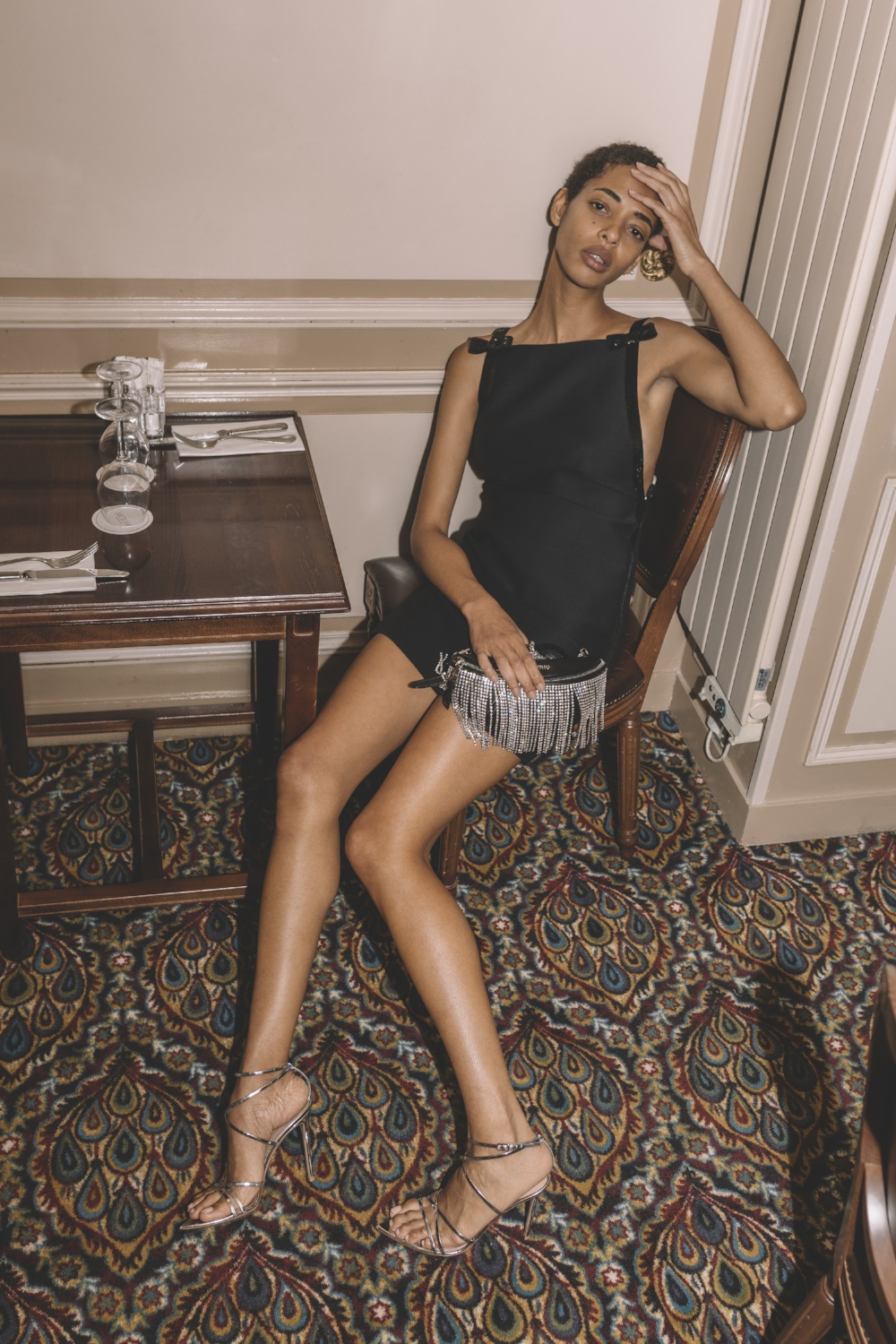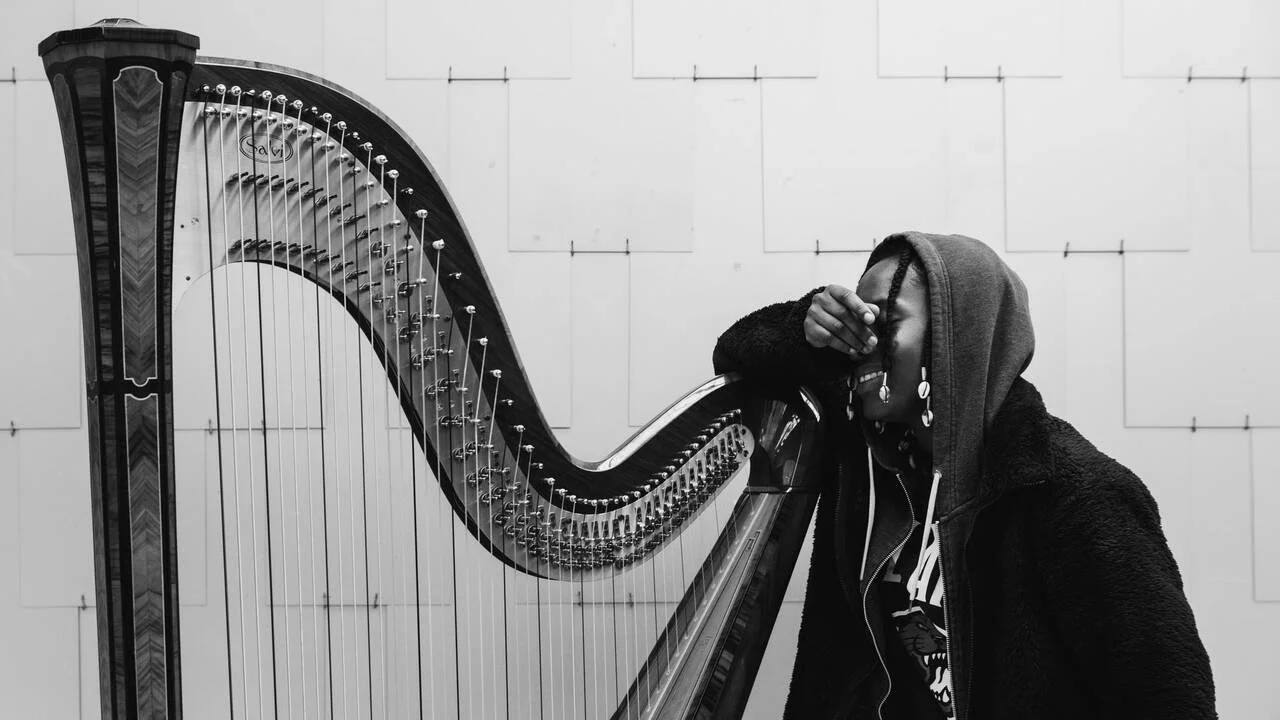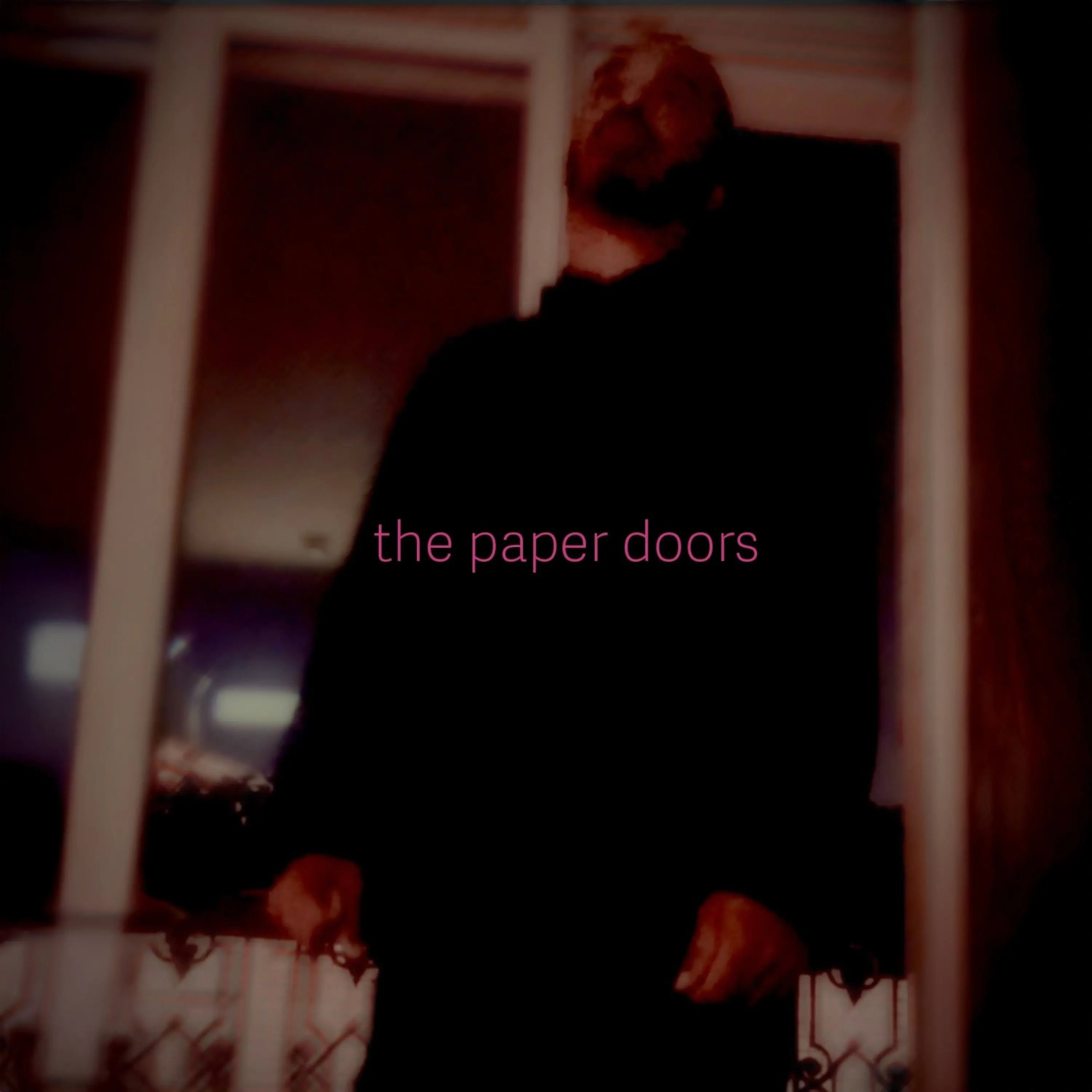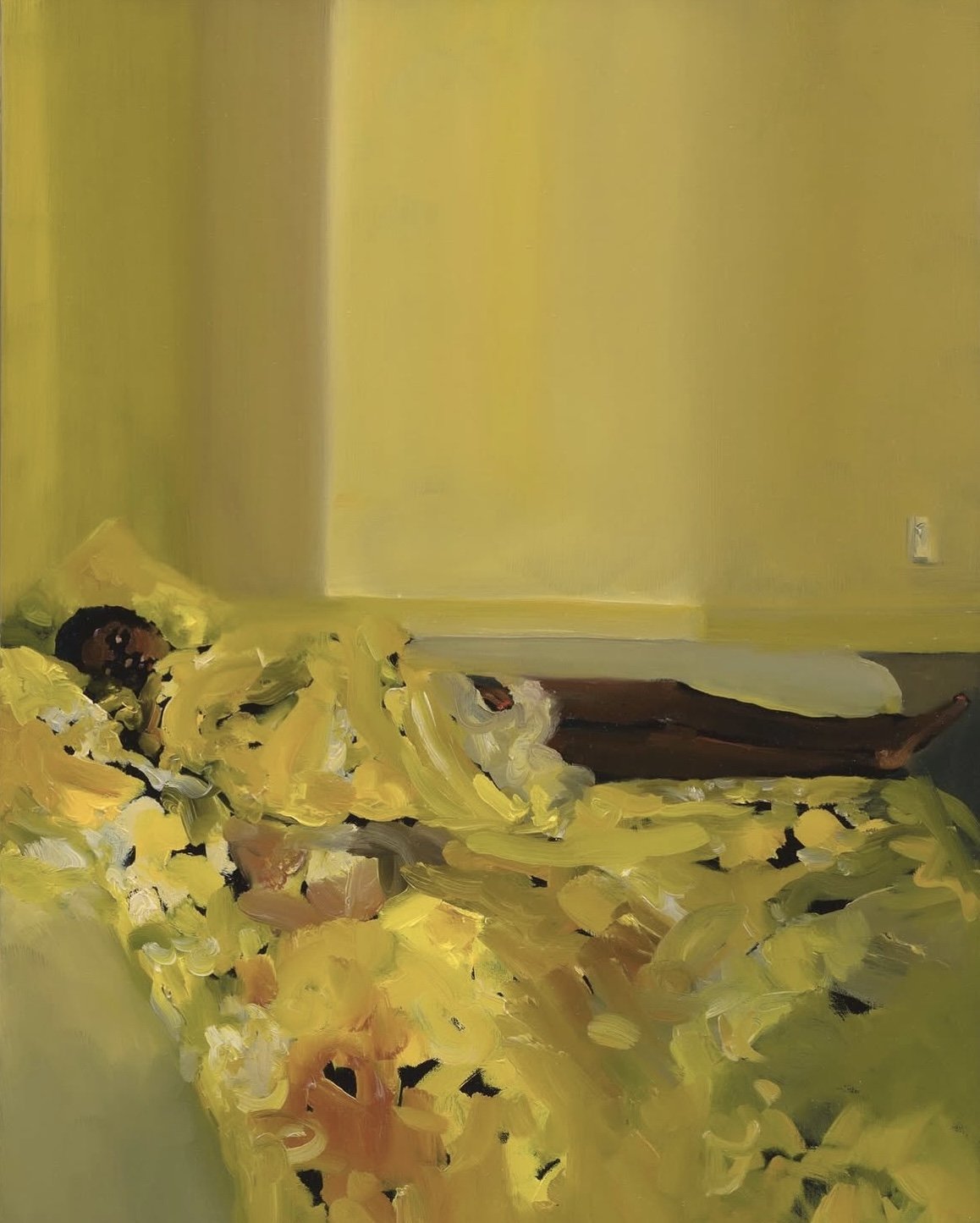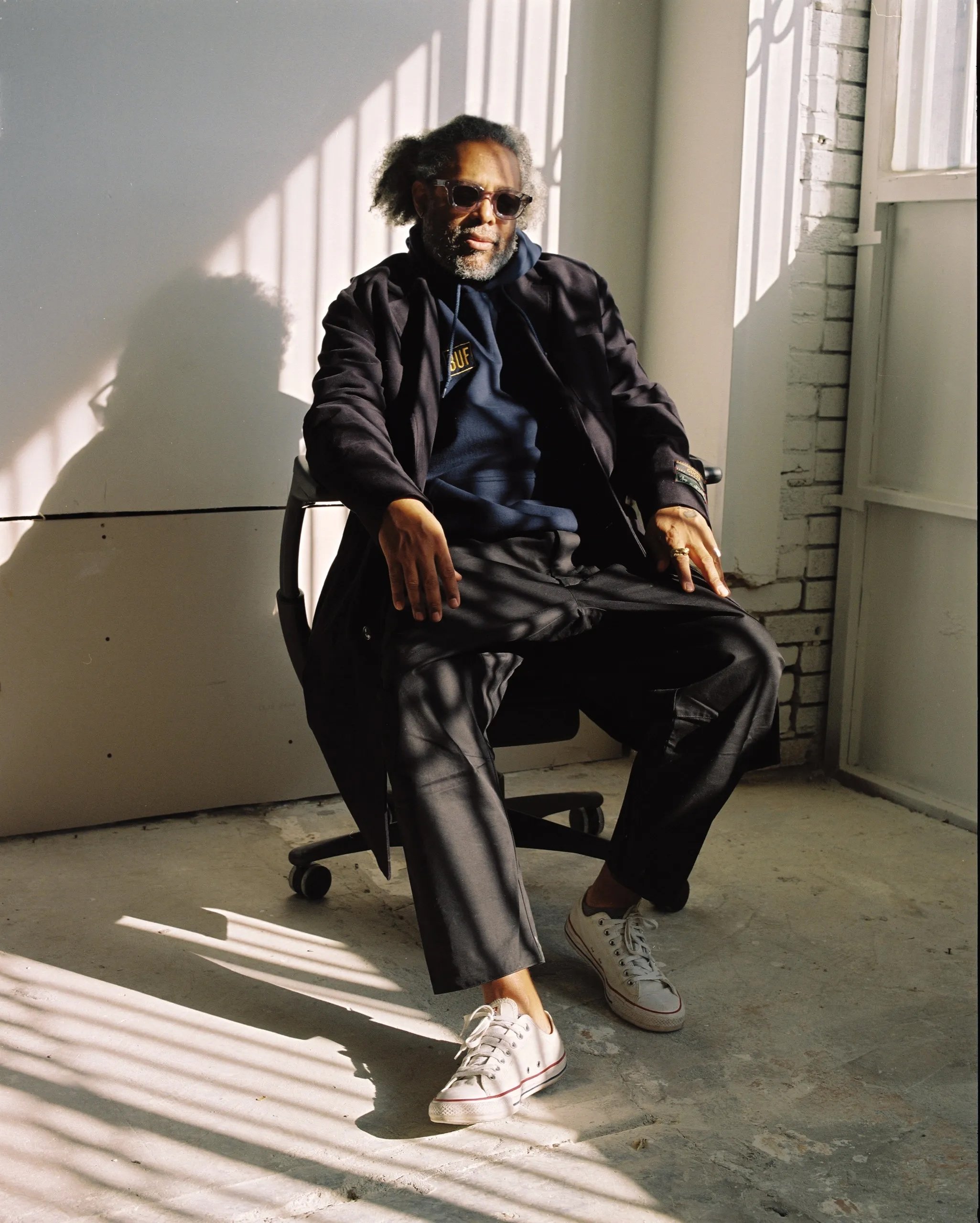I’m a Black Model, and This is What My Hair Goes Through
In France, fashion is finally celebrating textured hair, but boldness is lacking. Neat curls, controlled afros—where are the sculptural hairstyles, the raw cuts, the artistic vision? Diversity does not rhyme with uniformity. When hairstylists don’t know how to work with natural hair, everyone suffers.
Why does fashion fail to support Black models with textured hair ?
Fashion shows and campaigns are becoming increasingly inclusive, welcoming more Black models on the runway (although other ethnicities are still underrepresented). Add to this the slow, but steady, increase in the number of makeup artists and hairstylists from minority backgrounds, finally ensuring foundation shades that match and hairstyles that respect every hair texture. One could believe that diversity is truly progressing in the industry, but one inequality persists: the difference between the hairstyles of Black and White models.
Afro hair is incredibly versatile. It can be sculpted, amplified, and styled in countless ways. But instead of celebrating it, the hair choices of brands seem to aim at containing it. Why not grant the same freedom to textured hair?
« In Paris, whether on the runway or in magazines, it is frustrating to have only three hairstyle options when White models have an infinite number. »
The Politics of Afro Hair in Fashion: A Never-Ending Battle
The question of length is also a racialized issue.
I stepped into the modeling industry in 2002 in the Caribbean, and in 2007, I signed with a major agency (Women) in Milan. By 2010, I made a radical move: I chopped all my hair off—a close-cropped, 'like a boy' hairstyle. Audacious. Risky at the time.
In that period, short hair on mixed or Black models was practically unheard of. The industry had its unspoken rules: if your hair wasn’t straightened, extended, or hidden under a wig, then it had better fit the 'acceptable' mold—tamed, bouncy, Mediterranean-coded curls. Anything outside those parameters? Unthinkable.
From working with iconic brands like Louis Vuitton, Hermès, Chanel, Prada, Gucci, Victoria Beckham, Gauthier, and L'Oréal (to name a few), to gracing the pages of Vogue, ELLE, Harper's Bazaar, Marie Claire, Dazed, Another Magazine, L'Officiel…(you get the gist), not to mention walking over a hundred runway shows — from Armani to Schiaparelli, Iris Van Herpen, Wales Bonner, and Rahul Mishra (yes, really) — In a decade, I’ve seen it all, done it all.
Fast forward to 2024, I decided to grow my hair out again. Not just for personal reasons, but as a calculated, strategic move: to expand my casting opportunities, tap into the beauty and commercial market. But what I encountered was déjà vu.
Natural-textured hair is still being handled with the same lazy, uninspired approach: slicked into a tightly plastered low bun, pressed down, braided the same style, or brushed into a basic mini afro. Why is the industry still so creatively bankrupt when it comes to Black hair?
Written and Directed by Gilone. Music : Sustain by Sam Gendel
So, I turned the lens on myself because I realized that I didn’t even know how to style my own hair differently. Documenting my hair journey wasn’t just about tracking a new look—it was about raising a bigger question: why has racial representation in fashion progressed faster than hair diversity?
Where are the hairstylists who can sculpt and innovate with afro-textured hair the way they do with European textures? This isn’t just an industry oversight; it’s a failure of artistic vision and, most critically, of education. Our hair isn’t “difficult”—they simply haven’t learned how to work with it. Or worse, they haven’t cared to.
« I would also like to see more teams with knowledge about natural hair. Sometimes, you see a girl with an afro or curly hair, while other girls, with different hair types, get sophisticated hairstyles. But since the hairstylist doesn’t know how to work with afro hair, they simply leave it as it is. It gives the impression of saying, “We don’t know what to do with this hair, so we’ll just leave it like that. »
Before each runway show and photo shoot, the designer collaborates with their creative team and technical team (the head makeup artists and hairstylists) to ensure everything aligns with their artistic vision. Therefore, it’s not about pointing fingers at a single person, but it cannot be ignored that sleek and sophisticated hairstyles often receive more effort and creativity than those for textured hair, which often seem to be relegated to the background.
Indeed, some collections embrace a minimalist or structured style that may influence hairstyle choices, but this does not justify the perpetuation of a few default hairstyles. A Black woman buying these clothes may not want to wear them with cornrows. Why not offer twists, textured buns, a twist-out, vanilles, braided hairstyles, or any of the countless possibilities that afro hair provides? Especially since White models are given natural, effortlessly tousled waves to complement their outfits. Why not grant the same freedom to textured hair?
And then, there is also this implicit hierarchy between types of curls. Looser textures may sometimes benefit from the "undone" look, while tighter textures are systematically reduced to compact or slicked-back hairstyles.
Unequal treatment behind the scenes
Before each show, beauty journalists gather around the head hairstylist to hear their explanation of the look of the day. There is always a specific inspiration, whether it comes from a female icon or a bygone era, and a meticulous implementation requiring several steps, products, and tools.
Of course, not all hairstyles can be adapted to all hair textures. But why do some models benefit from complex hairstyles and carefully styled accessories, while others are forced to settle for a minimalist cut?
Every time we ask, "What about the girls with afro hair?", the enthusiastic response is always the same: "We work with their natural texture, not against it." Then come pseudo-innovative terms like "micro-afros" or "finely shrunk curls." The vocabulary is lacking, the knowledge is visibly absent. The discomfort is palpable.
I’ve seen models arrive at rehearsals with gorgeous hair, either down, tied up in high buns, with Bantu Knots, or subtly styled into ponytails. Once they go through the hands of the hairstylists, all of that disappears, slicked back into tight buns, braided into uniform cornrows, or shrunk into neat mini-afros that take up as little space as possible.
Certainly, many Black models have short hair. But for those with longer hair, why must it always be tamed?
Diversity, a façade ?
"I feel like diversity is being commodified," says Londone Myers, model and ambassador for Paco Rabanne's Lady Million Empire fragrance. "The industry loves girls with mini afros, in buns and simple braids, but it feels like we're not allowed to wear anything else. It's like a caricature. Imagine if Naomi Campbell had only worn afros throughout her career, instead of embodying a thousand different looks. We need to show all the facets of Black women, not just one."
"When you start out, almost all of us have to have short hair," Myers continues. "Imagine if White models had to shave their heads. They get to wear long hair adorned with pearls and feathers, while we’re stuck with short afros or braids.
Why not draw inspiration from 70s icons like Donna Summer and Diana Ross, with their XXL hair defying gravity? I'm not saying Black women must always have long hair, but why is it always minimized?"
A standard still centered on the West
Many of our notions of "presentability" stem from an Eurocentric standard. And this is evident at Fashion Week. Why must afro hair be contained and disciplined? Why are messy buns and tousled strands praised… but only on sleek textures?
Fashion claims to embrace diversity, but on its own terms. If we want true representation, all hair types must be treated with the same care and creativity. It's time to do the research, bring real afro hair experts into the teams, and stop reducing hair diversity to a handful of standardized looks.

